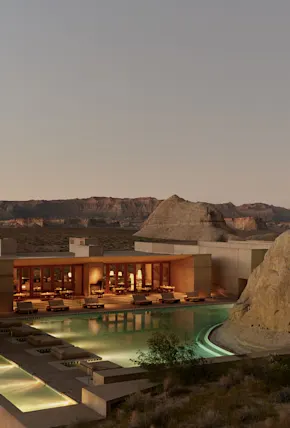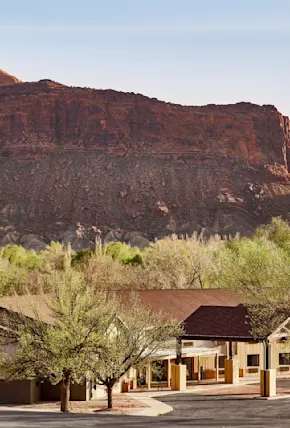Jackson describes the Thule brand as being built upon a foundation of “The Perfect Fit”, a mantra that holds as true with roof racks as it does the newly introduced technical backpack line. The Stir Hiking Pack is the brand’s standout design, taking inspiration from climbing haul bags with a streamlined look that is at home on the streets of Stockholm or the local crag. Available in 15, 20, and 35-liter options, the Stir covers most all of your needs, so long as you’re not going too far from civilization. Hip belts make all three models capable of carrying a proper load and can be easily stowed out of sight when a less crunchy and more city-friendly look is desired. The lower volume designs are hyper lightweight and highly packable—great for stuffing into your duffel or larger pack as a backup when traveling—but for the more technical portions of the trip, the more substantial 35 Liter was our tool of choice.
The mid-sized 35L pack comes with four inches torso adjustability, making fine-tuning in a few-seconds an instruction-free ordeal, and is outfitted with a shoulder strap mesh pocket capable of fitting everything from chapstick to an iPhone 6—crucial for firing off ‘grams on the fly. The pack felt nearly weightless on the trail, and managed to hold up to three days of squeezing through 18-inch slot canyons without a tear, thanks to Thule’s uncompromising use of high quality materials. In all, from a 7-mile aerobic hike up the Grand Wash and class 4 slab climbing to bushwhacking and technical canyoneering where any excess dangling material threatened to jam your ATC, the Thule Stir excelled.
For longer hauls, Thule designed the Versant series, available in 50, 60, and 70L volumes. With a lightweight internal frame and a top lid that converts to a sling pack, the Versant series aims to be your go-to pack for travel or multi-day backcountry trips. It also excels in terms of weather protection. Thule’s StormGuard system—a waterproof drop liner and three-quarter rain cover—keeps gear drier than most traditional designs, while the fully waterproof bottom quarter allows you to set your bag down without worrying about a wet sleeping bag when you get to camp. Whether you are hiking the PCT or hitting the Eurorail circuit (or anytime when you practically live with your pack on) the perfect fit is key. To address this, the Versant has adjustable torso and hip belts along with an internal suspension system, which proved itself as a genuinely comfortable load carrying system. A water bottle holder, weatherproof pouch or DSLR friendly camera case can be added via customizable hip belt pocket attachments too.
After seven rappels through Cassidy Arch Canyon, a stunning gorge carved out of Navajo sandstone, we exited the dark grottos of the canyon into the golden light of the main wash like a scuba diver resurfacing from underwater. It was disorienting at first, but all thought faded as the fading sun warmed our faces.










